Germany Weimar Republic 1923 50 Mark full sheet MNH
The stamps issued by the Weimar Republic between 1921 and 1923 are historically significant due to the hyperinflation that plagued Germany during this period. Here’s an overview of the different phases and types of stamps issued:
1921 Stamps
- Regular Postage Stamps:
- Early in 1921, the stamps were still relatively modest in denomination, reflecting more stable economic conditions.
- Designs were often simple and utilitarian, featuring common motifs such as the German eagle or numerals indicating the denomination.
- Inflation Begins:
- As inflation began to increase, higher denominations started to appear towards the end of 1921.
1922 Stamps
- Higher Denominations:
- By 1922, the effects of inflation were more pronounced. Stamps were issued in increasingly higher denominations to keep pace with the devaluing currency.
- Denominations ranged from thousands to millions of marks.
- Design Adjustments:
- The designs remained practical, often with plain backgrounds and large, easily readable numerals to denote the value.
1923 Stamps
- Extreme Hyperinflation:
- 1923 saw the peak of hyperinflation. The need for postage stamps with extraordinarily high denominations became urgent.
- Stamps were issued in denominations reaching into the billions of marks.
- Provisional Issues:
- During the height of hyperinflation, existing stamps were often overprinted with new, higher values to quickly meet postal needs.
- These overprints are a significant area of interest for collectors due to their variety and the stories they tell about the period’s economic chaos.
- Varied Designs:
- Some stamps featured intricate designs, while others remained starkly simple, reflecting the rush and urgency of their production.
- Notable designs included various numeral patterns, the German eagle, and other national symbols.
Collectibility and Historical Significance
- Historical Context: These stamps are valuable for understanding the economic conditions of post-WWI Germany and the challenges faced by the Weimar Republic.
- Philatelic Interest: Collectors often seek these stamps for their historical value and the diverse range of overprints and denominations. Specific issues, especially those with errors or rare overprints, can be particularly valuable.
- Usage: Many stamps from this period were used on everyday mail, providing insight into the daily life and economic struggles of the German people during hyperinflation.
Notable Issues
- High-Denomination Stamps: Stamps like the 5 million and 50 million mark stamps from 1923 are iconic representations of the hyperinflation period.
- Overprints: Overprinted stamps with updated values are a focal point for collectors, reflecting the rapid changes in postage rates.

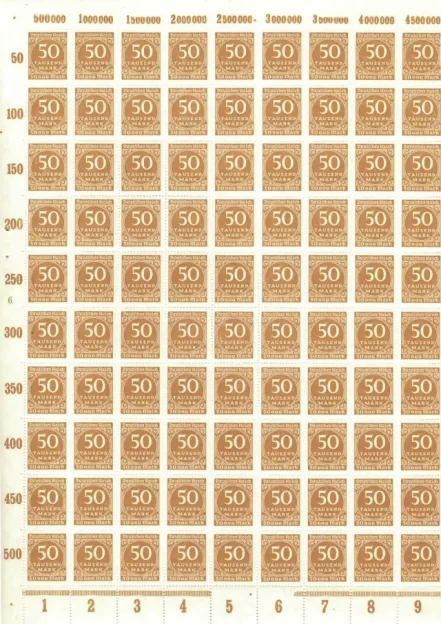


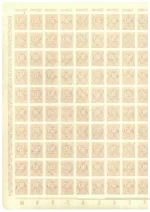
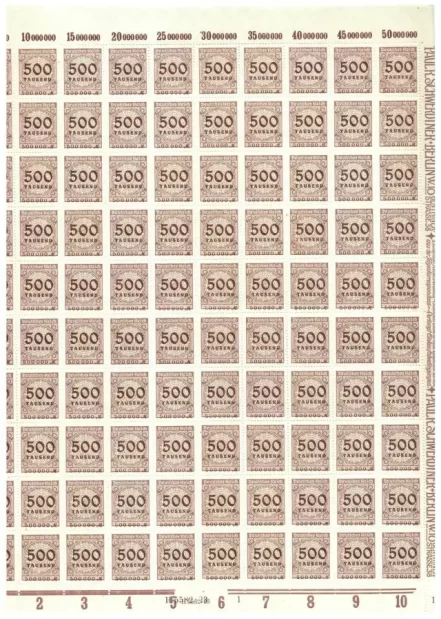
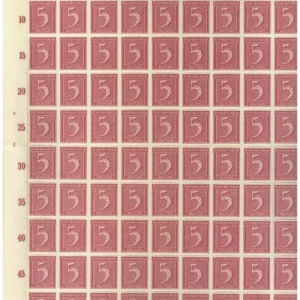
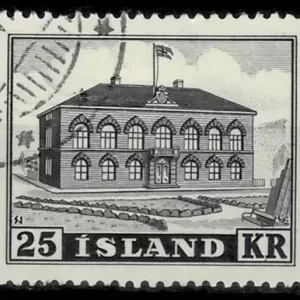
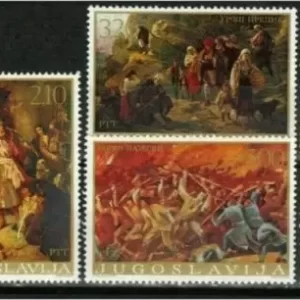


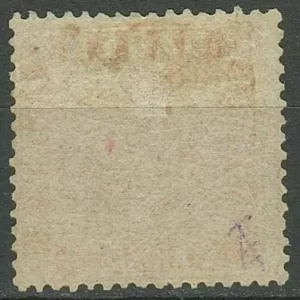

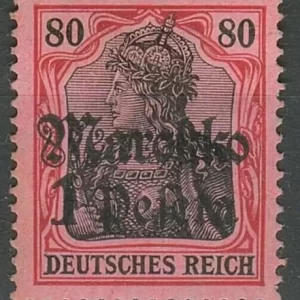
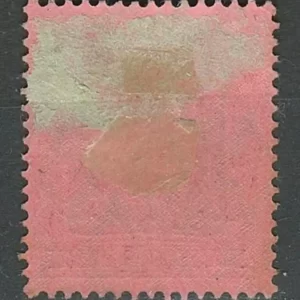
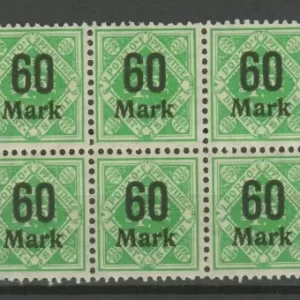

Reviews
There are no reviews yet.